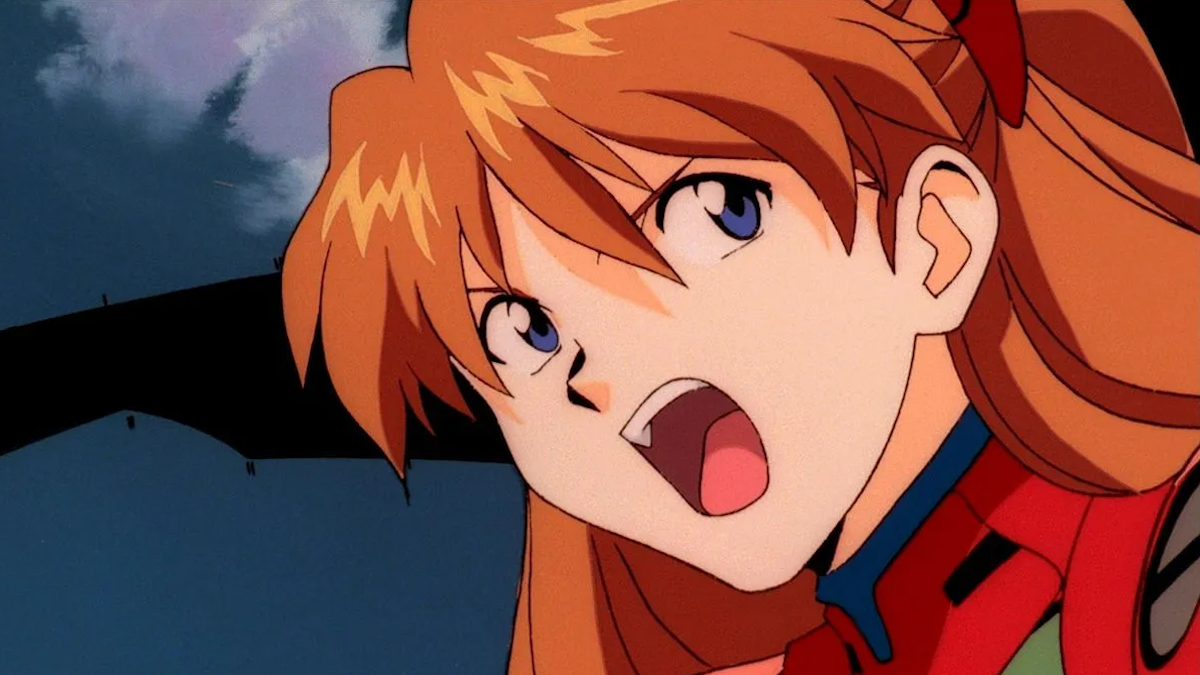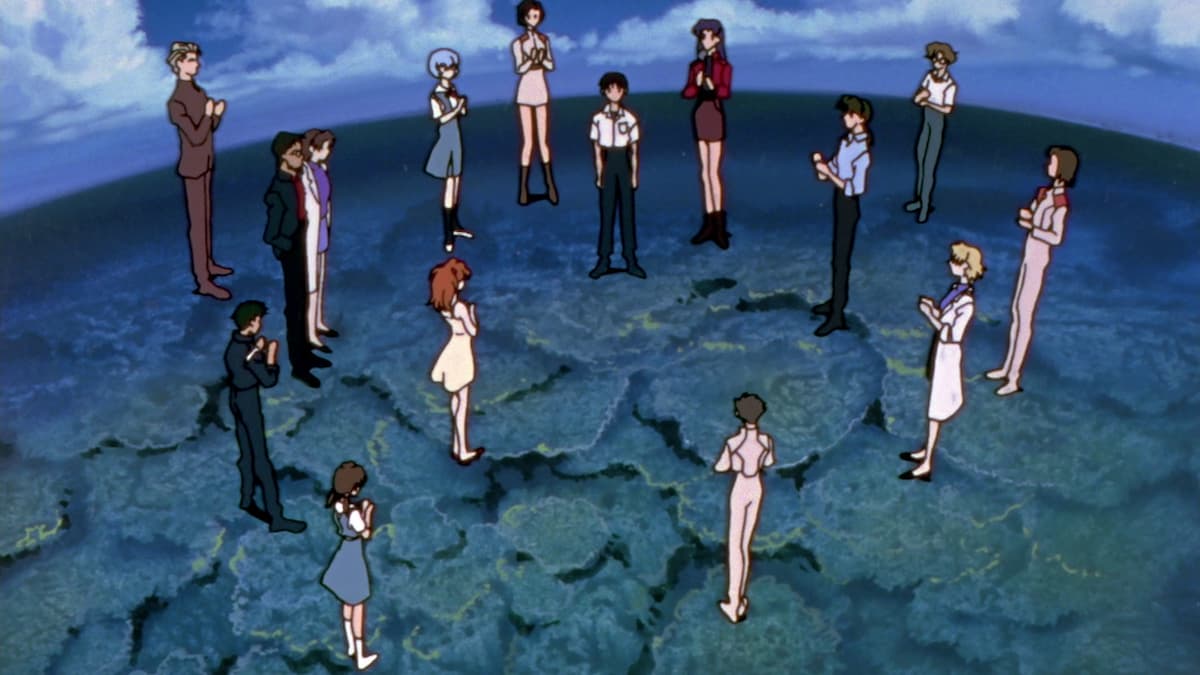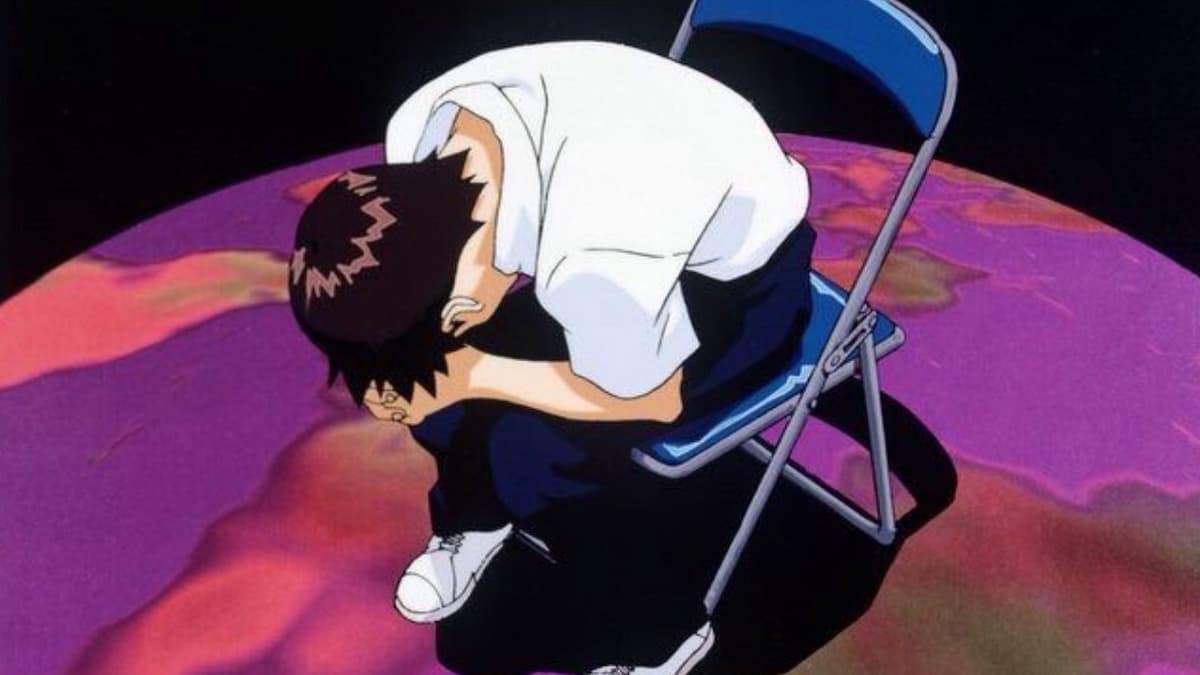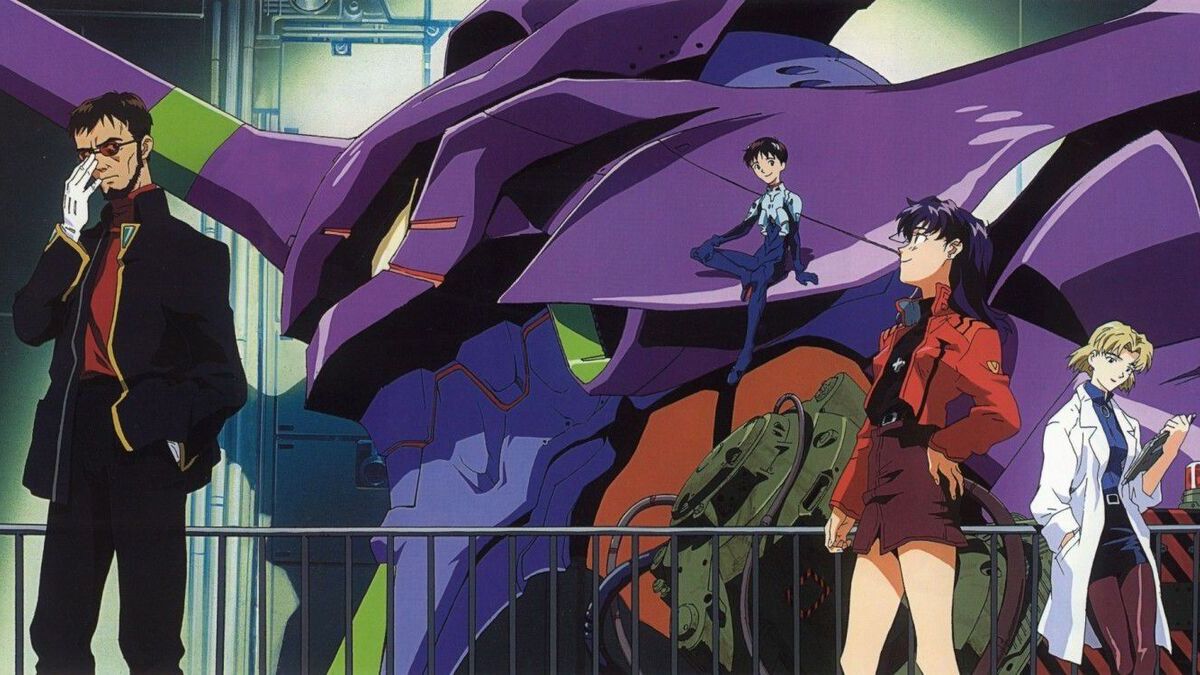Neon Genesis Evangelion is a legendary series that revolutionized both anime and the community surrounding it. Famous for its surreal, philosophical imagery, impressive mecha, and often confusing narratives, Hideaki Anno’s series has become a rite of passage for anime fans, who typically consider it one of the best sci-fi series out there.
That said, watching Evangelion isn’t easy, as the original anime has spawned a massive franchise of spin-offs and movies, many of which either reboot, add to, or retell the story. If you’re looking to dive into Neon Genesis Evangelion, here’s everything you need to know about the show and the best way to watch it.
What is Neon Genesis Evangelion about?
Neon Genesis Evangelion is set in 2015, fifteen years after an apocalyptic event called Second Impact. Humanity is under siege by a group of creatures called Angels, and these beings, if left unchecked, will cause more apocalyptic events.
Teenager Shinji Ikari is summoned to Tokyo-3 by his estranged father, Gendo Ikari. Gendo runs NERV, a paramilitary force that fights against the Angels using biomechanical robots called Evangelions. Gendo hopes to have Shinji pilot one of these robots to fight the Angels, but Shinji’s insecurities quickly get the better of him as the dark secrets of NERV are revealed.
Neon Genesis Evangelion in release order

One of the simplest ways to watch Neon Genesis Evangelion is in the order it was released. However, even with this order, you’ll have to make several choices as to how much extra content you want to watch. You’ll start with the original anime, fittingly titled Neon Genesis Evangelion, and watch from episode 1 to episode 20 as you normally would.
There are both regular and Director’s Cut versions of episodes 21 to 24. These cuts add a lot more content and flesh out the story and lore. While you could watch both, most fans recommend only doing the Director’s Cut versions, as they’re simply better (and so you don’t have to watch the same episode twice). Thankfully, if you’re watching the new Netflix dub, this choice is made for you, as Netflix only dubbed the Director’s Cut version of these episodes. After this, you return to normal for the final episodes of the series, watching until it ends with episode 26.
The next release was Neon Genesis Evangelion: Death & Rebirth. However, it is a strange piece of media: a film split into two parts. The first part, entitled Evangelion Death(True)2, is a retelling of the anime series’ plot. While it is a clip show, it does contain some new and exclusive footage and gives some extra details about the events of the series. The second part, entitled Rebirth, is actually the first third of the End of Evangelion movie.
This is because Evangelion: Death & Rebirth was released to promote the End of Evangelion. If you’re a completionist, watching the first half of the movie is recommended. If you’re strapped for time, you can skip this. No matter what, avoid the second half, as you’ll see it all again when you watch the End of Evangelion movie.
End of Evangelion comes next in this watch order. First released in 1997, this film acts as an alternative or parallel ending to the main series and shows what happens during Third Impact. However, it is much more surreal than the core series, and many fans debate the meaning of several scenes, unsure if they’re actual events or allegories.
Once you’ve done this, you’ll move on to the Rebuild films. What these films are is hotly debated. Fans often argue about whether they’re reboots, retellings, or sequels to the main storyline. In total, the Rebuild series is made up of 4 core films. These films are Evangelion: 1.0 You Are (Not) Alone, Evangelion: 2.0 You Can (Not) Advance, Evangelion: 3.0 You Can (Not) Redo, and Evangelion 3.0 + 1.0 Thrice Upon a Time. The latter came out in 2021, breaking several Japanese box office records during its theatrical run.
However, the first three films have alternative versions for the home market, called 1.11, 2.22, and 3.33. These alternative versions are effectively director’s cuts of the movies and include some new scenes you wouldn’t have had the pleasure of witnessing if you had seen them in the cinema. Because of this, you only need to watch these extended versions as they only add additional content and don’t change the core movie.
Once you finish Evangelion 3.0 + 1.0 Thrice Upon a Time, you’ve watched every currently released animated mainline Evangelion product.
Evangelion in chronological order
Watching Evangelion in chronological order is a complicated rabbit hole that causes many arguments in fan communities. The surreal nature of the series and Shinji’s status as an unreliable narrator make it hard to pinpoint what actually happens in the timeline of events.
The franchise’s production issues also don’t help with this, as the original anime was heavily cut down due to budget issues, meaning that things are not as apparent as they could be. Certain events were also shifted to make the series fit within the runtime of a regular anime series.
There are two commonly accepted chronological timelines for Evangelion. The one you prefer will depend on your opinion of the Rebuild films, mainly if you believe that the Rebuilds exist within the timeline of the original series, rather than being their own separate entity.
Evangelion chronological order (Rebuilds are part of the series)
If you think the Rebuilds exist within the timeline of the original series, then chronological watch order becomes much more complicated, as you’ll be jumping between series a lot.
However, the main crux of this order is that you’ll break the main series up into chapters and then do a chapter followed by a Rebuild movie, letting the Rebuild flesh out the world and the lore.
First, you’ll watch the first 6 episodes of the original anime. Before seeing it fleshed out in Evangelion: 1.11 You Are (Not) Alone. You’ll then follow this with episodes 7 to 20 of the anime, capping those off with Evangelion 2.22: You Can (Not) Advance. The ending of 2.22 is vastly different from the events seen in the anime, meaning that 2.22 is the point where the plot splits into two timelines.
You’ll go back to the first timeline with episodes 21 to 24 of the original anime (again sticking with the Director’s Cut versions). After this, you can watch the Evangelion: Death(True)2 segment of Neon Genesis Evangelion: Death & Rebirth to quickly recap all of the events of the first timeline.
After this, things become extremely complicated, as the ending of the original anime and the End Of Evangelion movie both cover the same events. That said, the events’ surreal nature makes it hard to pin down the exact flow of time. One of the most popular ways to watch this ending chronologically is to do the first hour of End Of Evangelion after you’re done with episode 24 of the anime.
Then, after you’re done the first hour, pause the movie and watch episodes 25 and 26 of the anime before returning to finish the End of Evangelion. This order gives you a greater insight as to how Shinji experiences the ending. However, if you think this is a little too complex, you can watch episodes 25 and 26 and then watch the whole movie to basically get the same effect.
To round out the experience, you’ll go to the second timeline to watch the final two Rebuild movies. First, you’ll watch Evangelion 3.33: You Can (Not) Redo, which is set 14 years after 2.22. Then, to end, you’ll say goodbye to this timeline with Evangelion: 3.0+1.0 Thrice Upon A Time, ending the series with a nice bow.
Evangelion chronological order (Rebuilds are not part of the series)

If you think the Rebuilds are their own thing, then the watch order becomes more streamlined and less confusing, as you won’t have to deal with the timeline branching after 2.22.
For this watch order, you’ll watch episodes 1 to 24 of the original anime before watching Evangelion: Death(True)2. After this, you’ll have to decide how to tackle the ending and the End of Evangelion.
You can either watch the first hour of End of Evangelion and then watch 25 and 26 or watch the final two episodes and then the movie, whatever you prefer. You can then work your way through the Rebuilds in release order, treating them as their own self-contained series.
Should I watch Evangelion in chronological order?

Chronological Evangelion is a fun experience; however, it isn’t the best or most manageable way to enjoy the franchise, especially if it’s your first time through. Mixing the Rebuilds with the main series is jarring, mostly because the final two Rebuilds heavily divert from the anime’s story. The changes in animation quality can also pull you out of the experience.
In fact, watching Evangelion in chronological order feels like playing Dark Side Of The Moon over The Wizard of Oz. While it is fun for longtime fans and opens up some interesting contrasts and details, it doesn’t feel like it was the intended way to experience the story.
Thus, if you want to watch Evangelion for the first time, you’re much better off sticking to the release order and enjoying it in the same way fans did during its original run.

